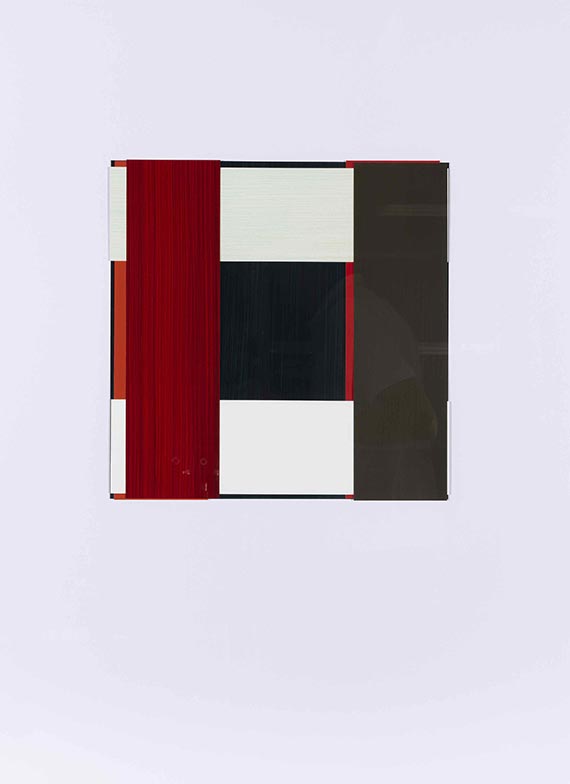
Flemish painting of the 17th century
Flanders is the name of the southern part of the Netherlands, the part that remained Catholic. The political-denominational situation divided the country. The style of the 17th century is the Baroque, which was driven by the development of pomp by the Roman Counterreformation. In contrast to the classical form of the Baroque in France, which focused more on drawing, Flemish painting of the 17th century exhibited stronger tonal values and concentrated accordingly on the effect of colors. Like Poussin on the French side, Rubens is the main representative of Flemish painting. However, Flemish Baroque does not only differentiate itself from classic French Baroque in its emphasis on coloring, but also in its composition: the works are dynamic, often conceived on the diagonal.
Further, Flemish Baroque is characterized by the fact that it absorbed and processed the influences of Catholic Italy more strongly, which for example in the management of light or in distribution of volumes becomes clear. In fact, Rubens became acquainted with the works of Renaissance artists and studied them during his time in Italy, and he melded this knowledge into a personal style that he connected with his own Dutch tradition. In this way, the particularly virtuoso treatment of the flesh tones, which he accentuated with green, is his personal achievement; the various ways of working out in paint the different surfaces themselves is, however, since van Eyck a tradition among the Dutch. Flemish painting also oriented itself to the Italian-Catholic repertoire, while Dutch painting shows more of a focus on bourgeois tastes and genre representation.

Would you like to sell a work of Flemish painting of the 17th century?
Infos for sellerART MARKET:
No items found for this field of interest.





